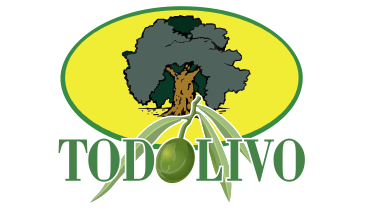Olive groves in hedge: a great way
to revitalise wildlife
The habitat provided by this scrub forest successfully attracts countless
animal species that see it as the perfect place to live
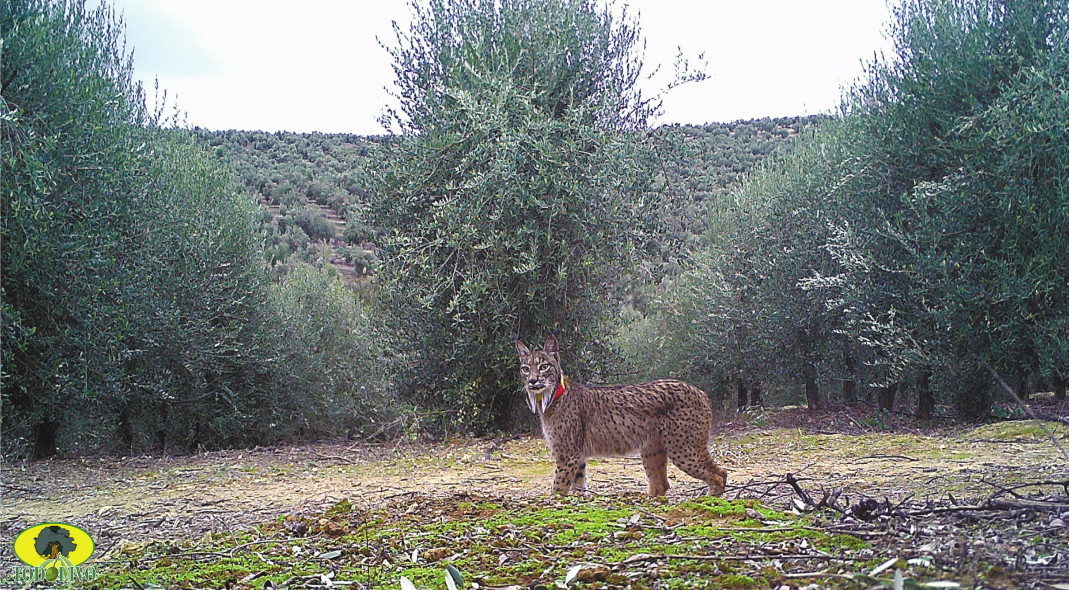
The Encounter
It was early one autumn morning and we were driving around in an off-road vehicle with the owners of the “Villa del Río” farm, making a routine technical visit to the Olive Grove in Hedge that we planted in these fields, located in the Campiña Alta of Córdoba, 20 years ago. The farm has an area of 161 hectares, 61 of which are planted with hedge-shaped olive
trees, and the remaining 100 are covered in ball-shaped olive trees, which is the most common crop in this area and in all bordering municipalities.
Seen from above, the olive grove in hedge plantation looks like a perfectly aligned scrub forest, surrounded by a sea of ball-shaped olive trees. The Sierra Morena foothills can be seen in the distance to the north from the highest point of the estate.
I remember being struck by the great amount of thrushes and rabbits that we could see as we moved into this labyrinthine and perfectly aligned hedge forest. We were driving with the windows down and the songs of the wild birds were like the background music to our lively technical chat, while
we slowly drove along the service roads that run through the farm from east to west.
We were looking closely at the rows of olive trees and making the corresponding notes on their condition, their load and the ripeness of their fruit with a view to the upcoming harvest, when suddenly, and to everyone’s surprise,a magnificent lynx emerged from one of the hedge lanes to our left. It was walking calmly, and when it saw us, he didn’t quicken its pace or change its course… it crossed right in front of us and stopped halfway. For a few seconds, the animal stood perfectly still, looking at us intently, proud, showing no trace of fear or apprehension, as if we were the intruders and had been caught trying to get into its territory. A moment later, it resumed its walk, as though nothing had happened, and serenely disappeared into the hedges to our right.
We couldn’t believe what we had just seen in broad daylight: an Iberian lynx roaming around an olive grove in hedge plantation… it was extraordinary!
Seeing our surprise, the owners told us that that was not the first time they had spotted the lynx walking around the farm. What was more: their
workers claimed to have seen it in the distance, accompanied by what looked like a cub. They also declared that they had spotted a wildcat prowling about the fields, and that this animal had got one of the farmhouse cats pregnant, something that the owners were able to confirm
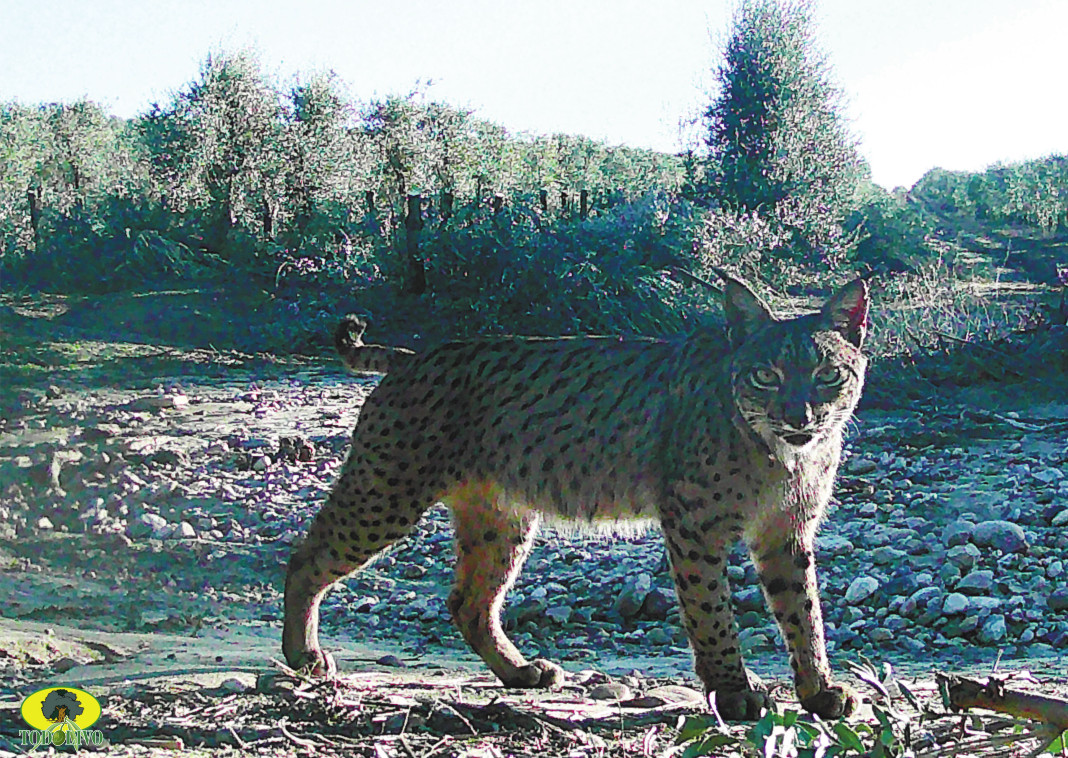
when they noticed that its kittens had inherited some of this feline’s traits, such as its distinctive tail. We asked them if these felines had been also sighted in other parts of the estate, and they said that they were always seen at the olive grove in hedge plantation, which was where the largest amount of rabbits and animals could be found.
That didn’t surprise us much, since, even though that was the first time we saw the lynx, on many other of our technical visits to the different olive grove in hedge plantations, we had noticed clear evidence of a large wildlife presence in this new olive tree forest, such as red-legged partridges, thrushes, hares, rabbits, foxes, wild boars, Bonelli’s eagles, etc.
Commissioning the Study
This made all of us at Todolivo think and wonder about why these and many other animals chose this Olive Grove in Hedge plantation as their preferred habitat to hunt and/or live. So, a few days later, we decided to seek an answer to these questions and contacted biologist Patricia Cosano Pérez and commissioned a study on the wildlife present at this
Olive Grove in Hedge plantation.
Study Methodology
The scientific method chosen to carry out the study and the sampling of wildlife at the “Villa del Río” farm (Córdoba) was one based on a line-transect methodology, which involves drawing sampling lines on the area to be studied that are later used by the technician as a reference for animal counting at sunrise or at sunset, depending on the species being studied.
In addition to this, multiple automated motion cameras were used, strategically placed in different areas of the farm: these cameras can detect and record animal movement at any time of the day. Furthermore, the study took into account the animal droppings and tracks found on the
line transects (sampling lines) of the Olive Grove in Hedge lanes. The results of these analyses, along with the camera recordings, were extremely helpful to complete this wildlife study. The total area sampled using these line transects amounted to 9 km and 262 m.
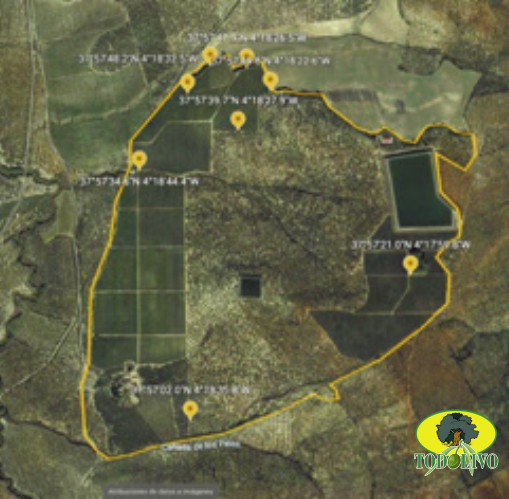
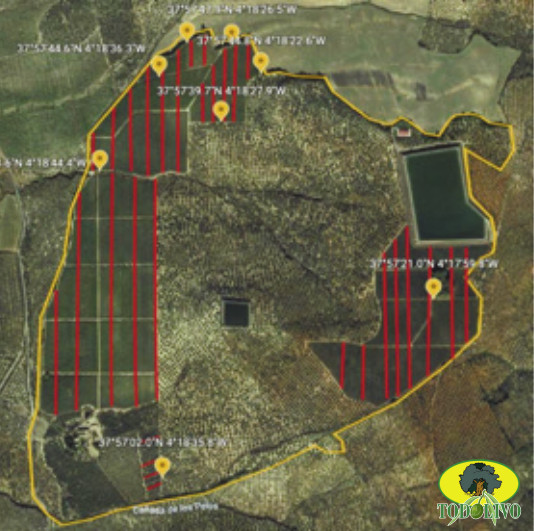

The Results
After the exhaustive sampling carried out by biologist Patricia Cosano throughout the 61-hectare Olive Grove in Hedge plantation at the “Villa del Río” farm, the following animals were recorded:
Iberian Lynx
Three Iberian lynx (Lynx pardinus) specimens were identified: a male lynx (figures 1 and 5), a female lynx (figure 2) and a cub (figure 6).
These large predators come to this Olive Grove in Hedge plantation to hunt, and not to other parts of the farm, because there is an abundance of rabbits in this area. It should be noted that this small mammals account for 70% to 95% of the diet of these felines. It is estimated that a lynx has to eat at least one rabbit a day in order to survive. Figure 7 shows the hunting strategy implemented by a pair of lynxes: here you can see how they move together following the same hedge row, each of them on a different side, so they can stalk and catch their prey more efficiently.
Although these felines are primarily active during the twilight period, the many pictures snapped by our photo-trap cameras evidence that these animals hunt at a wide and varied range of times. This indicates that their presence here is not accidental, and that they have found in this hedge forest the perfect habitat to breed and feed, since here they can easily find a significant amount of the food their need to survive.
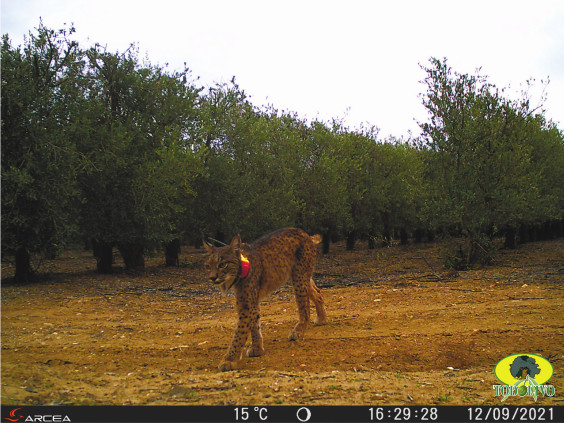
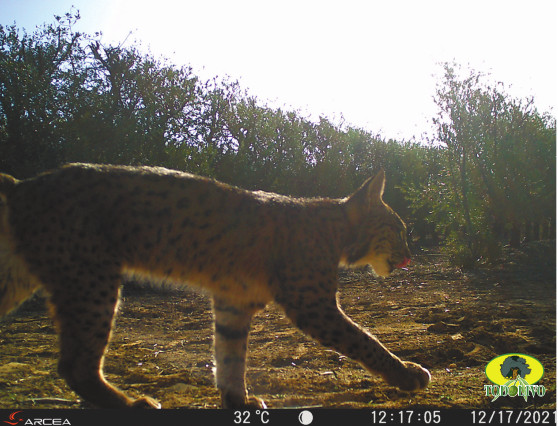
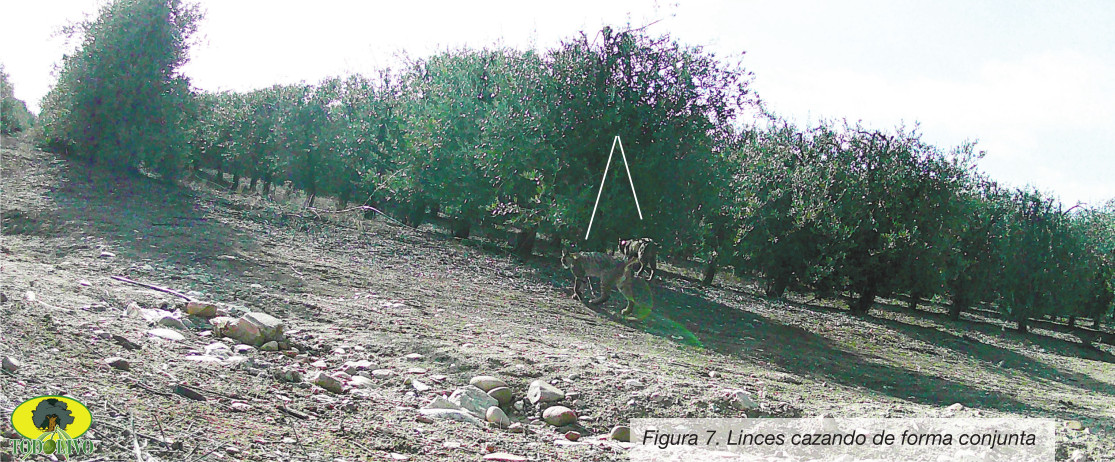
Rabbit
According to the study of the different transects in the hedge plantation, at least 123 rabbits were recorded, although the pictures taken by the several strategically placed photo-trap cameras show that the actual population is far greater.
One could ask why there is a greater density of these small mammals in the hedge area as compared to other areas of the farm, where their numbers are lower. The answer is simple: the olive grove in hedge arrangement allows for the growing of the trees close to each other, forming long rows of vegetation that are very similar to the scrub found in the Mediterranean forests. This scrub provides the rabbits with shelter and protection from their predators, a place where they can hide from them and that offers a quick way of escape in the event of imminent danger.
The presence of these animals at the Olive Grove in Hedge plantation doesn’t endanger the crops, since rabbits don’t damage mature olive trees. Nevertheless, they play a key role in keeping the balance of this new Mediterranean forest ecosystem, since they form the base of the food chain and they make the existence of many other animals possible.
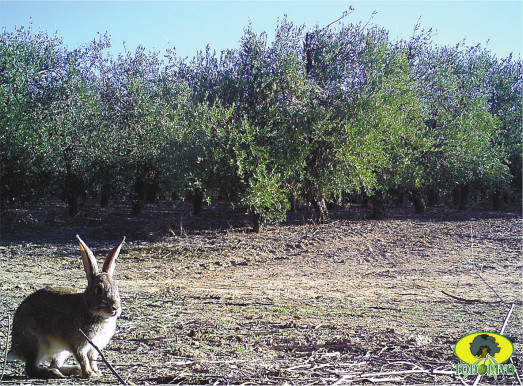
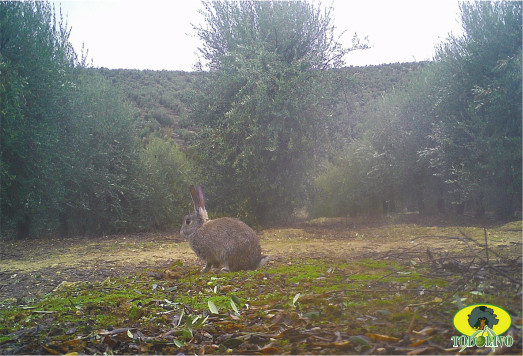
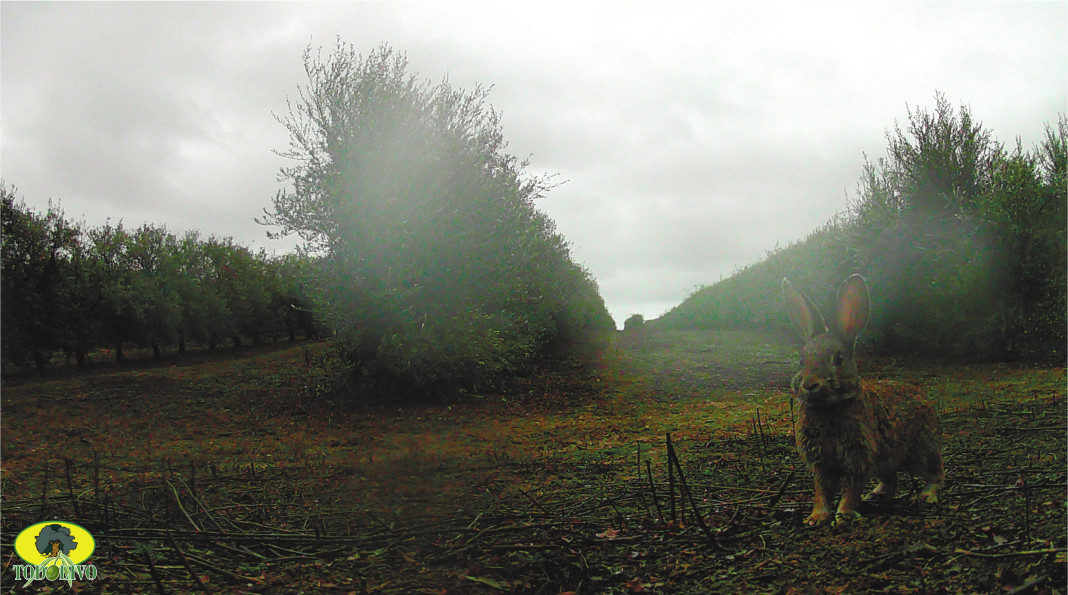
Fox
The red foxes sighted at the farm (Figure 10), despite being omnivorous animals, base their diet mainly on rabbits, since there is a great number of them around this area, enough to satisfy their daily food needs. The Olive Grove in Hedge plantation provides them with the perfect place to hunt, thanks to its animal biodiversity and to the fact that the scrub allows them,
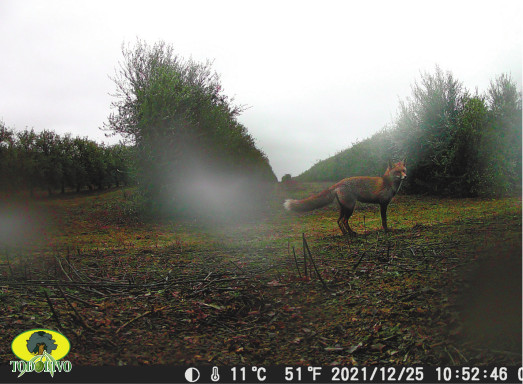
not only to hide whenever necessary, but also to approach their prey unseen and catch them by surprise.
Wild Boar
One of the species we were able to spot at this farm was the wild boar, which could only be seen by the cameras (Figure 11), since they are mainly active during the night. Wild boars are omnivorous animals and, although their diet is mainly plant-based, they also supplement it with small rodents, small rabbits and invertebrates, such as worms and insects.
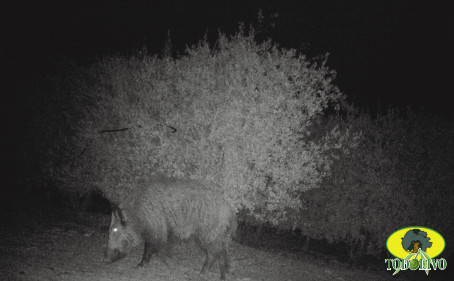
Wildcat
Wildcats (Figure 12) usually live in the Mediterranean forest, in areas mainly covered by scrub and deciduous woods, but they can be found throughout the Iberian Peninsula. These are usually very elusive animals and they avoid human beings. They could only be detected by the photo-trap cameras, since they hide during the day.
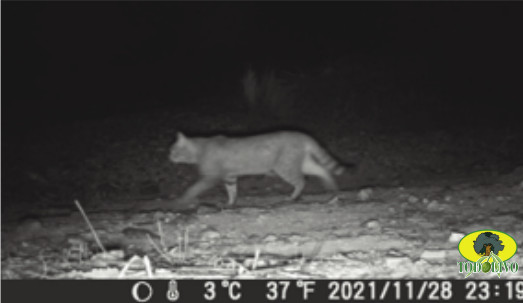
The cameras took pictures of several species whose presence at this farm was unknown, such as the Iberian wild goat (Capra pyrenaica), the Egyptian mongoose (Herpestes ichneumon) and the European badger (Meles meles).
Egyptian Mongoose or Ichneumon
This mammal (Figure 13) is the only mongoose species in Europe. It is one of the few diurnal carnivores in the area: it hunts during the day in order to avoid its main predators, such as the fox and the lynx. Its diet is mainly based on rabbits, rodents and reptiles, as well as on small birds and insects.
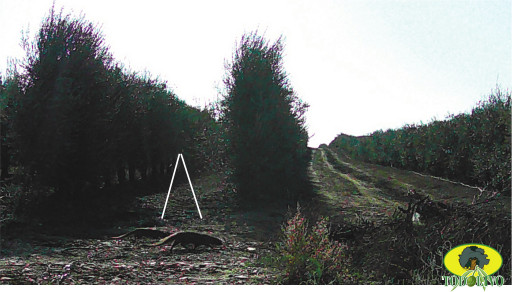
European Badger
The European badger (Figure 14) is a badger species in the family Mustelidae. This mammal has a strong body build and short legs, it is omnivorous and eats small rodents, rabbits, earthworms, insects, roots, fruits and herbaceous crops. It is a nocturnal animal, and it usually starts hunting at sunset.
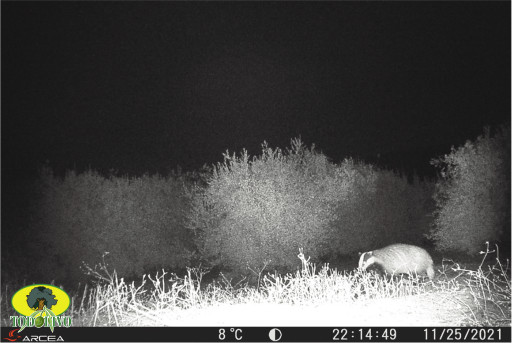
Iberian Wild Goat
A picture of a wild goat (Figure 15) was captured by a camera at the centre of the farm. Nevertheless, the goat was only seen on one occasion, so it can be concluded that this specimen was only passing through the farm.
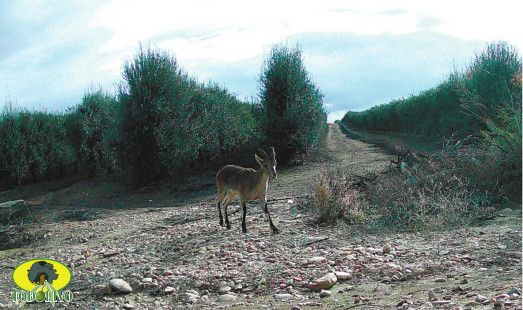
Song Thrush
This migratory bird (Figure 16) is omnivorous and eats invertebrates, olives and seeds. They usually come to Spain by the end of August and stay here
until March, when they leave again for Central and Northern Europe (England, Germany and Scandinavia). Their preferred winter habitats are olive groves and the scrub in farmlands and low mountain ranges, which is why they are particularly attracted to this new Olive Grove in Hedge forest.
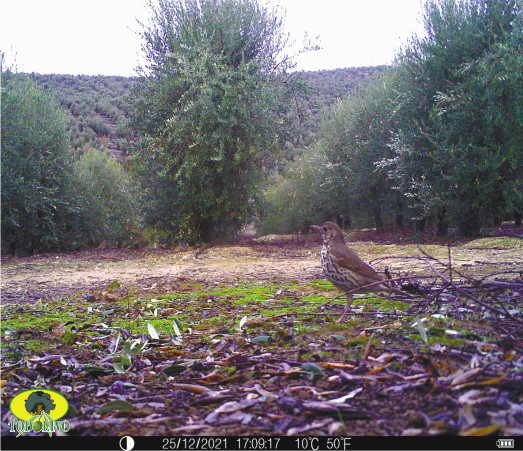
Iberian Magpie
This small bird in the crow family has a long blue tail and is omnivorous. This is a highly gregarious species, they live in largish groups, and they usually have a sedentary lifestyle: when they occupy a territory, they tend to stay in it, and, based on our observations, they consider this new Mediterranean scrub the perfect place to live.
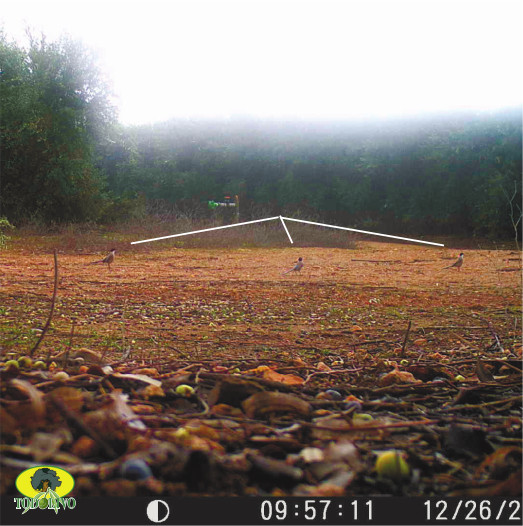
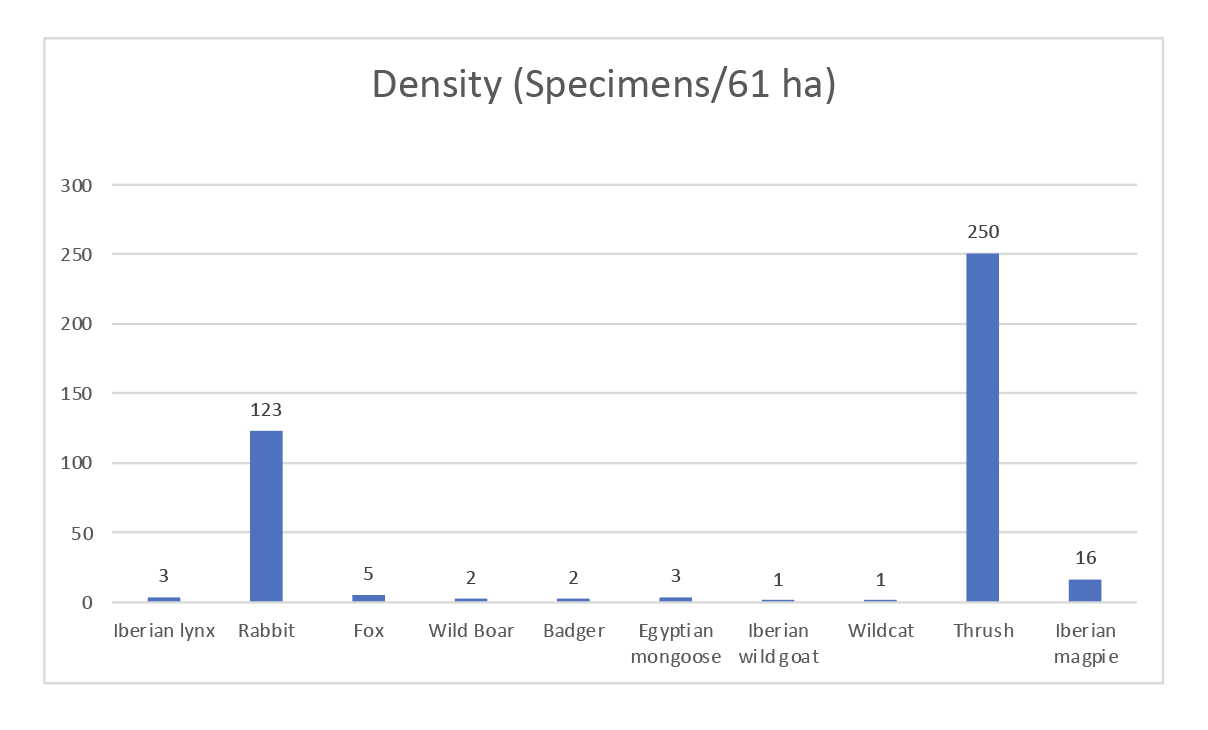
Conclusion
The Olive Grove in Hedge plantation is a new form of Mediterranean scrub forest that supports a rich biodiversity all around it. This type of grove immediately becomes an attraction and a stable habitat for a myriad of animals that turn it into the perfect place to shelter, feed and/or breed.
In addition to this, the new system we are currently developing and using, called Todolivo’s wide-layout Olive Grove in Hedge® system, helps improve the sustainability of the planet, since it has a very positive carbon footprint (about 2,900 kg CO2/ha/year) and it requires fewer agricultural inputs and natural
resources.
